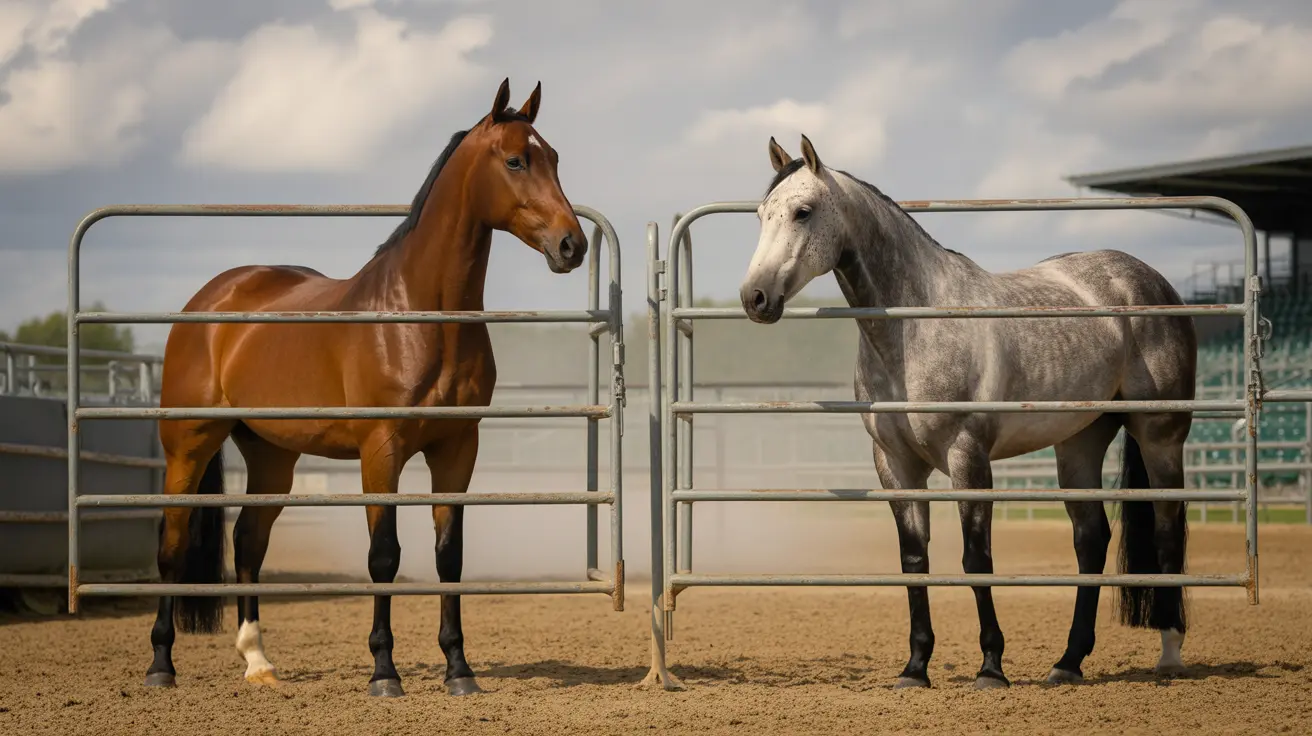Which Grains Should Dogs Avoid and Why?
A healthy, balanced diet is essential to a dog's well-being. One area of increasing focus among pet owners and veterinarians alike is grain content in dog food. While some grains provide important nutrients, others can contribute to digestive issues, allergic reactions, or exacerbate underlying health problems. Understanding which grains dogs should avoid helps in choosing the best diet for their long-term health.
1. Common Problematic Grains for Dogs
Wheat, corn, and rice are widely used in commercial dog foods due to their low cost and wide availability. However, these grains are often linked to food sensitivities and low nutritional value for canines.
- Wheat: A common allergen for dogs, wheat contains gluten which may lead to itching, skin rashes, ear infections, and gastrointestinal distress.
- Corn: While a source of energy, corn is often highly processed and offers minimal nutritional value. Some dogs may react with vomiting or diarrhea.
- Rice: Especially white rice, is often used in dog foods but has a high glycemic index. Prolonged consumption may contribute to weight gain and insulin resistance in inactive dogs.
2. Potential Allergic Reactions and Symptoms
Grain allergies in dogs can manifest in several ways. If your pet consumes problematic grains, you may notice:
- Frequent itching or scratching
- Skin inflammation or hot spots
- Chronic ear infections
- Loose stools or flatulence
- Vomiting or lack of appetite
It's critical to monitor your pet if you suspect dietary causes and consider an elimination trial under veterinary guidance.
3. Healthier Alternatives: The Role of Quinoa
Unlike many traditional grains,
quinoa is a seed that offers significant health benefits for dogs. It's often used as a gluten-free, nutrient-rich substitute for wheat or corn in high-quality dog foods.
Key benefits of quinoa include:
- Contains all nine essential amino acids for muscle and organ function
- Packed with fiber for improved digestion
- Rich in vitamins and minerals like magnesium, potassium, and iron
- Antioxidants and fatty acids support skin and coat health
When properly prepared—rinsed to remove saponins and fully cooked—quinoa can be a safe and nutritious part of a dog’s diet.
4. When Even Healthy Grains Should Be Limited
Some dogs may have conditions that require grain restrictions regardless of the grain’s reputation:
- Arthritis: Dogs with joint inflammation may worsen symptoms by consuming high-oxalate plant foods like quinoa or spinach.
- Kidney disease or pancreatitis: Special veterinary diets are often required, so avoid introducing grains without professional oversight.
Moreover, treats—including grain-based ones—should not account for more than 10% of your dog’s daily caloric intake.
5. Tips for Feeding Quinoa and Other Grains Safely
If you choose to incorporate quinoa or other dog-safe grains, follow these tips:
- Spoon out your dog’s portion before adding seasoning or oils
- Start with small quantities to observe any reactions
- Serve quinoa plain and fully cooked (never raw)
- Store leftovers in the fridge for up to three days
Recommended daily quinoa servings:
- 2–20 lbs: up to 1 tablespoon
- 21–30 lbs: 2–3 tablespoons
- 31–50 lbs: ¼ cup
- 51–90 lbs: 1/3 cup
- Over 91 lbs: ½ cup
6. Conclusion
While not all grains are harmful to dogs, many—such as wheat, rice, and corn—are best avoided in dogs with sensitivities or known allergies. These common grains are often associated with digestive and skin-related issues.
Quinoa emerges as a healthy alternative, thanks to its rich nutritional profile and lower allergenic potential. By recognizing which grains dogs should avoid and how to properly introduce safer options like quinoa, pet owners can provide diversified, wholesome meals that support their furry companions’ health and happiness.





